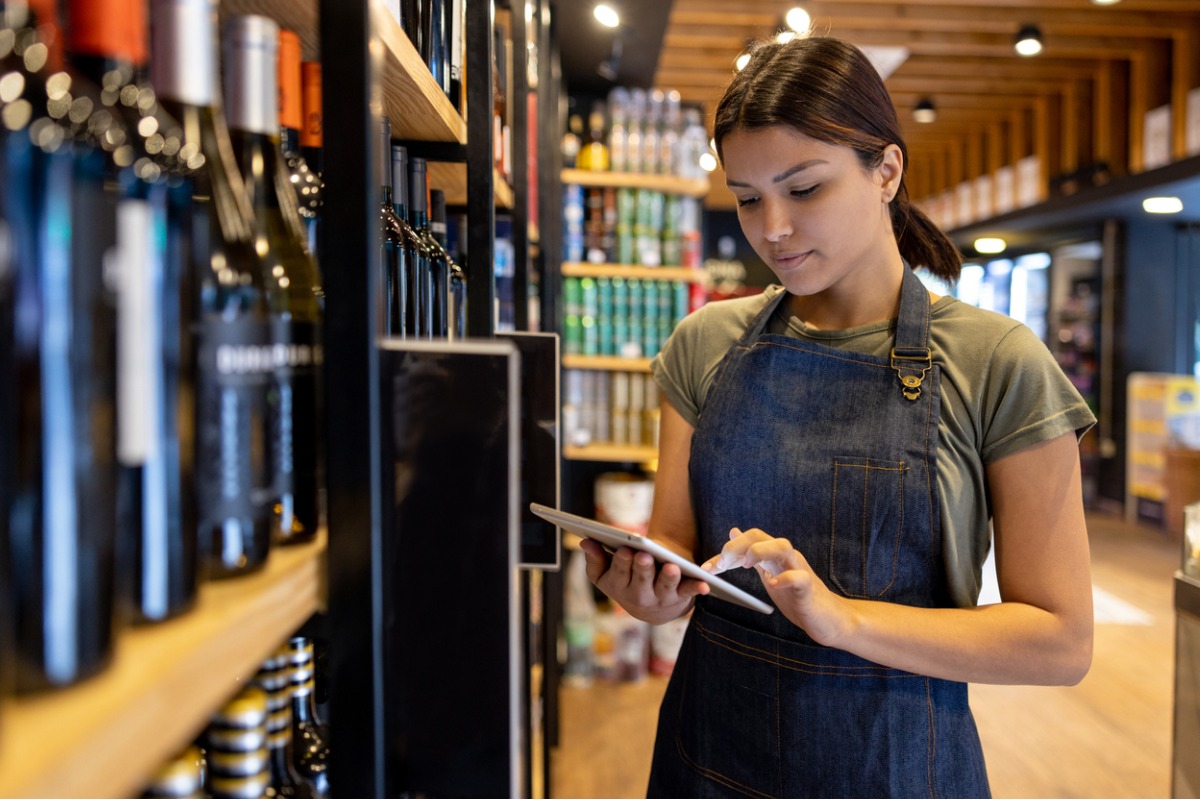As we look to the future of retail and the trends likely to carry through the remainder of 2023 and into 2024, Circana has published its 2023: FMCG Outlook Part 4: The Future of Retail report.
Summarising the findings of key market analysts about the evolution of shopping experiences, the prevailing trends in the report were the desire for value and experience. As the role of the physical store evolves, retailers who are able to support customers on their quest for promotional pricing and memorable experiences are set to succeed.
Value and loyalty matters
As consumers face sharp cost of living increases and rising interest rates, discretionary spending has been cut back and emphasis is being placed on value and affordability. Under this ongoing pressure, value is driving consumer shopping decisions, such as changing brands and being more selective about purchases.
According to data gathered by Circana, Australians are demonstrating a preference for promotional pricing, ranking “has good promotions or specials” as the third most important factor among 13 options when determining which banner to shop in. With value front of mind, consumers are favouring loyalty-based reward schemes that allow them to unlock value in an exclusive way.
When compared with 45 per cent of Australians rating “has good promotions or specials” as extremely important in determining which banner to shop in, almost one-third (27 per cent) reacted similarly to loyalty card rewards.
While promotions are a key driver for shopper value, survey findings by IAB Australia revealed almost two-thirds (62 per cent) of Australian online shoppers have increased their usage of shopper loyalty and rewards programs since the recent rise in costs of living.
As member pricing and retailer loyalty schemes gain momentum, retailers can use the opportunity to capture first-party data, particularly with online shoppers who are willing to provide data in order to access promotional pricing. With online alcohol sales experiencing strong growth in recent years, and predicted revenue growth of 25 per cent from FY22 to FY28, this provides a significant opportunity for liquor retailers to drive sales through targeted and personalised promotions through the use of data.
“Loyalty cards and apps drive strong engagement and create a platform for more efficient targeting. And those that have hugely improved front-end customer experience are winning with real-time push notifications and loyalty integration,” the Circana report states.
Game changing technology
Driven by the digital necessity of the pandemic, the acceleration of retail technology has seen the introduction of everything from AI chat bots to electronic payments and data-driven ad campaigns.
It is critical to understand the impact of technology on the future of retail, and the ways in which it can create a holistic shopping experience when used correctly.
Circana indicates that the correct use of technology allows retailers to build deeper and more personalised customer relationships, in turn equating to consumer loyalty. With a 47 per cent global AR-in-retail market growth forecast in the seven years to 2027, Forrester analysts are encouraging retailers to build AI strategies focused on customer value for both effectiveness and efficiency.
Circana stated: “Think, for example, the opportunities presented by the usage of the loyalty apps previously mentioned; while retail media networks are delivering strengths across the funnel underpinned by a capability to create targeted, data-driven ad campaigns.”
At the IBA 2023 Trade Workshop, Anastasia Lloyd-Wallis, Chief Operating Officer and Head of Insights at Retail Doctor Group, shared a similar sentiment: “ChatGPT has been a real topic of conversation lately, but what we can see is that even by 2025, Australians will spend $3.6bn on AI. So, it really is a focus for retail, a focus for the industry, and it’s got a compound annual growth rate of around 24 per cent.”
In the retail space, the use of ChatGPT has already created a demand for ‘quick commerce’ and has been adopted to support online shoppers in a variety of formats such as responding to common complaints, supporting product selection, and even facilitating frictionless payment through smartphones and smartwatches.
“Advanced robotics usage promises to be an e-commerce game changer for scale and customer experience as we see a clear consumer shift towards immediacy and the addictive convenience of ultrafast deliveries that will gradually alter FMCG shopping norms,” Circana reported.
The future of physical retail
Despite the new world of digital conveniences and quick commerce, Circana reported that physical retail is still fundamental to long-term consumer loyalty, brand reputation, differentiation, customer experience, and sales. Although online shopping is growing at a faster rate, the report states that bricks and mortar retail still offers value.
“While total Australian online retail sales grew 7.3 times faster than in-store sales over the last five years, the in-store environment still added 2.6 times the extra value.
“In fact, in the food and liquor retail vertical, online dollar sales outpaced those in-store in that same timeframe by 9.8 times. This was of course augmented by the pandemic, but again, in-store generated 3.2 times the extra value too.”
Surveyed customers indicated that positive in-store shopping experiences were still core to the customer experience, and this relied heavily on speed, convenience, helpful employees, and friendly service. Physical retail is still fundamental to the shopping experience, providing a level of personalised customer engagement that cannot be replicated digitally.
While technology represents significant growth potential in the online retail space, it is important to consider how technological elements can be integrated in-store to elevate the physical experience.
Customers surveyed in PwC’s February 2023 Global Consumer Insights Pulse Survey who intend to spend more time in brick-and-mortar in the coming six months “expect more technological bells and whistles”, with 34 per cent looking for in-store entertainment, 30 per cent looking for immersive digital experiences and 28 per cent indicating they would like to use a virtual reality headset to try out new products.

